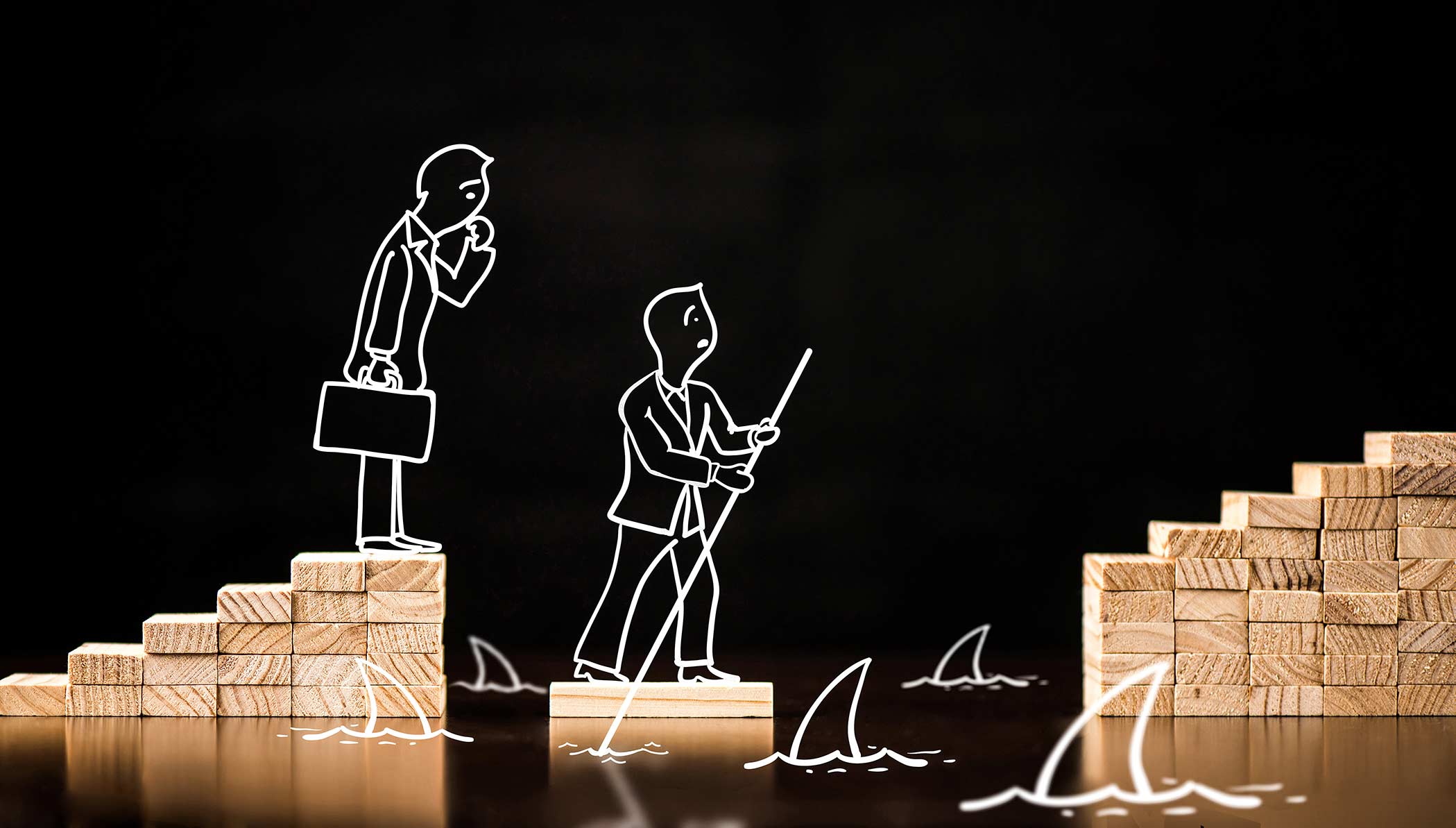The Importance of Developing Number Sense
By Scott Moser | August 7, 2019

Since the advent of the modern American educational system, students have long complained that their coursework doesn’t feel like anything they’ll ever use “in real life.” Mathematics is among the most common victims of this line of criticism. And yet, mathematics is one of the areas of study that will serve virtually every student in his or her later years. While some of the esoteric elements of calculus may not feel necessary in everyday life, the purpose of all high school math, to some extent, is to develop and hone students’ number sense—a critical life skill in virtually any walk of life.
For those unfamiliar with the term, number sense is the ability to flexibly and comfortably navigate numbers and numerical relationships from the simplest to the most complex. But this skill isn’t just numbers-based. Those who develop strong number sense tend to be flexible thinkers and creative problem solvers, not rote-memorizers or rule-followers. Those with great number sense see math as a process of finding a workable solution rather than following a prescribed process.
A simple math-focused example of number sense is how different students might arrive at an understanding of the area of a rectangle. Traditionally, high school Math classes have taught us that the area of a rectangle is its base length multiplied by its height, and the final calculation is expressed in “squared units.” While memorizing this formula may lead to the right answer on a test, it won’t lead to deeper understanding or new applications. Instead, a student with strong number sense might intuit for herself that measuring an area in linear units (like feet) creates severe confusion, since areas are not linear figures (as they have not only a length but also a width). That student might go on to consider that rather than using an arbitrary unit of length like a foot, it would make much more sense to use (an equally arbitrary) unit of area, like a square that is one foot long and one foot wide, in order to more sensibly describe the two-dimensional world.
From there, she might consider several different ways to find the area of a room that is 12 feet long and 10 feet wide. Of course, 12 multiplied by 10 equals 120, so the room is 120 square feet, but number sense allows a deeper understanding so concepts are both meaningful and sensible. The student might, for example, instead consider that the room could be made up of 12 rows of 10 squares each, each 1 foot by 1 foot. She could also see it as 10 columns of 12 squares each. She could also break it into different-size pieces, measuring the room in arm-lengths (if she knows, for example, that her own arm is 2 feet long). When she finds that the room is 5 arm-lengths by 6 arm-lengths, she can reason that it must be 10 feet by 12 feet (or, for that matter, that the room has an area of 30 square “arms”). It’s not hard to see how if she ends up working in any number of fields (architecture, surveying, real estate, and construction easily come to mind), these skills of estimating would be quite handy. Imagine she walks into an office building to put together a bid to re-tile the floors of every bathroom in the building. She could quickly estimate the area of a single bathroom using her arm as a unit of measure, convert the measurements to square feet, ask a few questions about the building’s design, expand or truncate her estimate for other bathrooms of different sizes (adding, for example, 18 square feet for an extra stall in the lobby bathroom), multiply her figure for the first floor by the number of floors in the building, and quickly offer an accurate estimate of the total area to be covered with tile.
Similar examples are easily constructed for nearly any pastime. For example, a surfer might observe sets of five waves passing through a break once every four minutes with an average of four rideable waves per set with seven surfers in the water and a goal of surfing two dozen great waves this afternoon, and want to know, “how long will I have to stay in the water to accomplish this goal and still make it to work on time?”
Or, perhaps you have 3/8 of a 16-gallon gas tank remaining, and your car gets 32 miles to the gallon. Should you stop for gas at the outlandishly expensive gas station just up ahead, or should you hope to make it across the Utah desert to the much cheaper gas station 200 miles away?
You get the idea.
When it feels like a high school math question, these sorts of word problems evoke feelings of dread in students and adults alike. But, these are precisely the types of problems we encounter in day-to-day life. If you have great number sense, you can answer these questions by using a simplified mental model. Fundamentally, building number sense allows us to answer our own questions about our world more quickly, easily, and accurately.
At Moser, we seek to build number sense in our students in order to make them more capable explorers of their own curiosities, not just better students in the eyes of their math teachers. If you’d like to learn more about how we can coach your child to better number sense, please contact our Founder and President Scott Moser at (303) 819-4328 or via email at scott@mosereducational.com.
